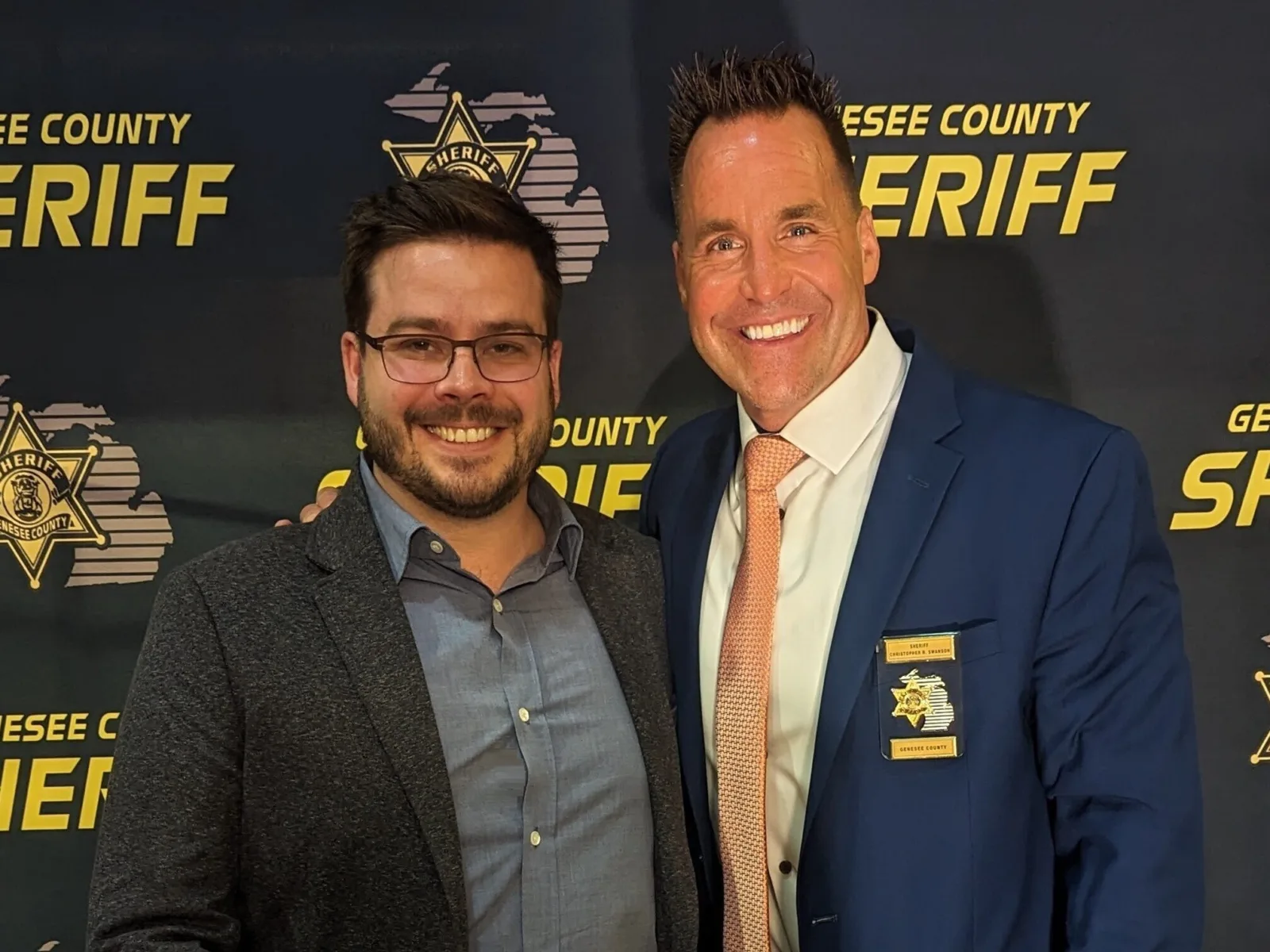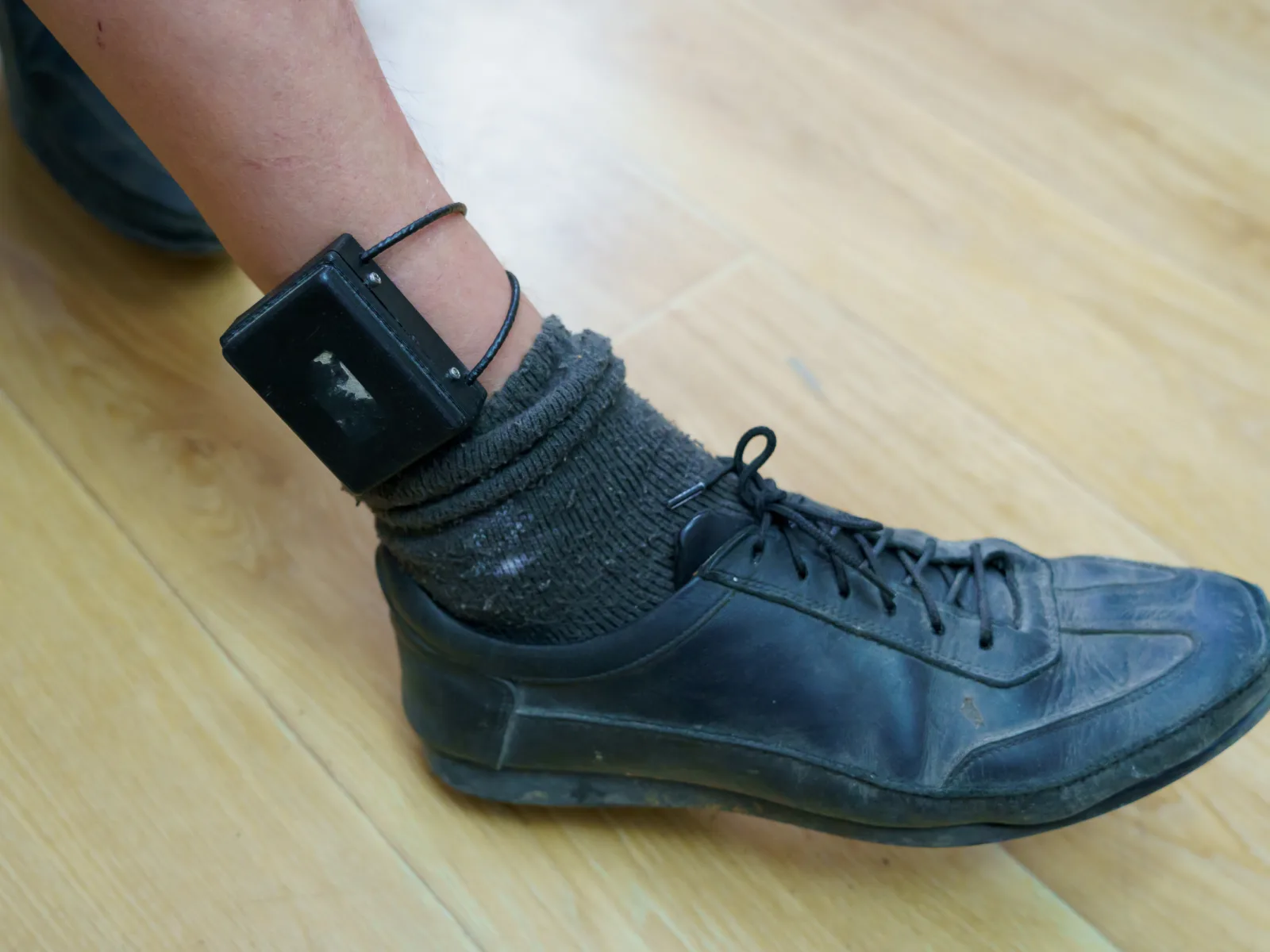In the world of criminal justice, researchers and practitioners tend to operate in separate silos, without many opportunities to come together. As a result, promising programs and policies often go untested, and policymakers and communities know too little about what works to create a more effective criminal justice system and improve public safety.
To address this problem, in 2024 Arnold Ventures (AV) began hosting a series of convenings called BRIDGE days, short for Building Research Ideas and Generating Evidence. The goals are to bring researchers and practitioners together to discuss causal research, create networking opportunities, promote strategic thinking among experts in the field, and spur exciting new research collaborations.
Last year, AV hosted eight BRIDGE days, each focused on an important public safety issue, including supporting victims of violent crime, access to health care during re-entry, the use of DNA in police investigations, and the role historically Black colleges and universities can play in advancing criminal justice research. In 2025, AV expects to convene 24 BRIDGE days on numerous additional topics.
Through these events, AV has been able to learn more about the gaps that exist in criminal justice research and data. Additionally, they have resulted in numerous new research proposals and hundreds of thousands of dollars in support for criminal justice research that might not have been undertaken otherwise. “We have found that no one in the field is doing anything like this,” says Sergio Rodriguez Camarena, criminal justice research manager at AV. “It gives attendees access to a network that they likely do not otherwise have and jumpstarts innovative researcher-practitioner partnerships.”
A space for deep engagement
BRIDGE days are designed to investigate important topics in the criminal justice field and elevate innovative ways of thinking and addressing problems. For instance, a June 2024 BRIDGE day focused on increasing access to health care for people reentering society after incarceration. One of the attendees was Vikki Wachino, executive director of the Health and Reentry Project (HARP). Wachino works to expand access to health care when people are leaving prison to help meet their health, mental health, and substance use treatment needs — and improve public safety. In her presentation, Wachino spoke about new policies in 19 states that connect people with health services shortly before release from jail or prison, and discussed some of the challenges, possibilities, and research questions these policies raise.

The day included presentations from leaders in several states who are implementing new health care access policies, as well as researchers who summarized the existing evidence — which shows that improving access to health care during reentry increases individual life expectancy and reduces recidivism. In general, Wachino says, the event was an opportunity to clarify research questions and identify important data to collect.
“There was a lot of interaction and cross-pollination over the course of the day between the researchers and state policy officials,” Wachino says. “It was a productive way to bring research and policymaking into closer alignment.”
Another BRIDGE day, held in September 2024, explored methods of supporting victims of violent crime. One of the attendees was Emily Nix, assistant professor of finance and business economics at the University of Southern California, who focuses on gender-based violence. One in three women experience intimate partner violence, Nix notes, and one in four suffer a sexual assault at least once in their lives. These problems not only affect victims but have spillover effects and costs to society more broadly.

At the facilitated event, Nix recalls, practitioners explained the work they were doing — for example, on high-risk domestic violence intervention — and researchers discussed areas where they might contribute. Nix presented an overview on the impacts of victimization. Specifically, the economic and health costs, how to reduce those costs by preventing people from becoming victims, and what research shows about the interventions that work.
The event’s networking opportunities were equally as fruitful. A conversation with a Texas police officer during a meal break helped inspire Nix to begin exploring a new research project on intergenerational intimate partner violence. “As you’re starting new projects, it’s always important to be deliberate and careful before you build up,” she explains. “Having this base to think about who to work with was really helpful.”
Another particularly impactful BRIDGE day, held in October 2024, concentrated on criminal justice research conducted at historically Black colleges and universities (HBCUs). Hosted at Howard University in Washington, D.C., the event provided space for criminal justice researchers and advocates, many of them working at HBCUs across the country, to surface and develop an agenda for causal research, learn more about AV funding opportunities for their work, and organically connect and network.

Meme Styles, president and founder of Measure, a research and data organization that provides free evaluation support for community-led research projects, says that the day was a rare chance to connect with other researchers. Measure, launched at Huston-Tillotson University in Austin, Texas, empowers communities to use data to inform policies and programs that drive equitable solutions.
Styles found the event’s small breakout groups with peers especially meaningful. “The small-group conversations on Howard’s beautiful campus, with other BIPOC researchers, were really important to me,” Styles says. “They gave me hope.” Following the event, Measure became the recipient of an operational support grant from AV.
“At the BRIDGE day,” Styles continues, “I was able to find my people — other folks at HBCUs who are interested in criminal justice research and causal analysis.”
One of the last BRIDGE days of the year, in December 2024, focused on using DNA evidence as part of crime investigations. It included academic researchers as well as representatives from private DNA and crime labs. Greg Lanzalotto, a PhD candidate at the Wharton School of the University of Pennsylvania who researches police decision-making, says it was powerful to hear presentations from researchers on the state of the evidence on forensic DNA, on the one hand, and from heads of crime labs on how they use DNA, on the other. As a researcher, Lanzalotto says it was useful to understand how he and his colleagues could produce studies that help practitioners on the front lines — and, additionally, to learn how state legislatures sometimes set crime labs’ priorities.

Breakout sessions helped academics and practitioners talk through methods for partnership, and it was through these discussions that Lanzalotto began a collaboration with a DNA lab contractor in attendance, along with several other researchers from the BRIDGE day, to study how forensic genealogy impacts clearance rates, especially for homicide — which is an urgent public safety question.
“I genuinely did not even know that this technology existed before the conference,” Lanzalotto says. “Research in this area could be particularly impactful, since it’s not yet widely used.”
Looking forward
The BRIDGE day format is leading to many fertile, new collaborations between uncommon partners. Participants praise the strong facilitation and design of the sessions, which allow dedicated learning time as well as less structured discussions between academics and practitioners.
With a year of BRIDGE days in the books, AV is looking forward to hosting many more of these research-focused and evidence-based convenings. In 2025, BRIDGE days are taking on topics like the reporting of sexual assault, the capacity crisis in corrections, police technology, geriatric and medical parole, and ways to scale up access to mental health care. Through BRIDGE days and other events, AV plans to increase its role as an incubator for experts interested in generating new ideas and rigorous evidence that helps advance the criminal justice field.





















